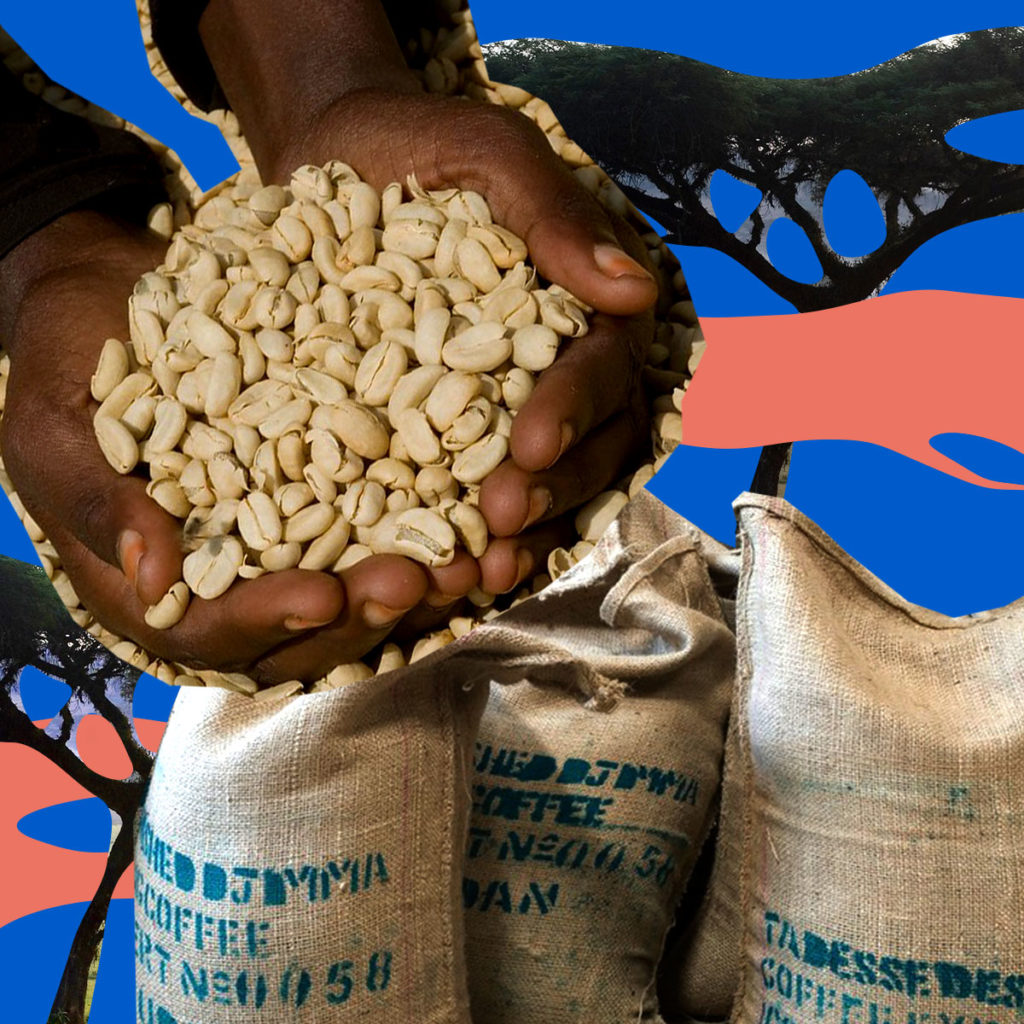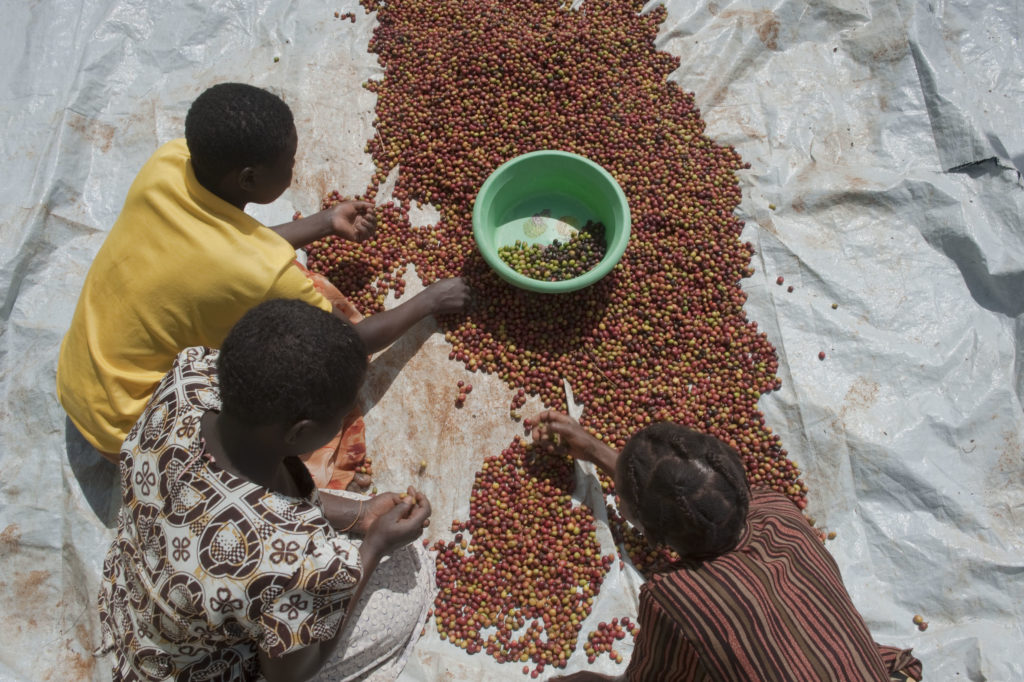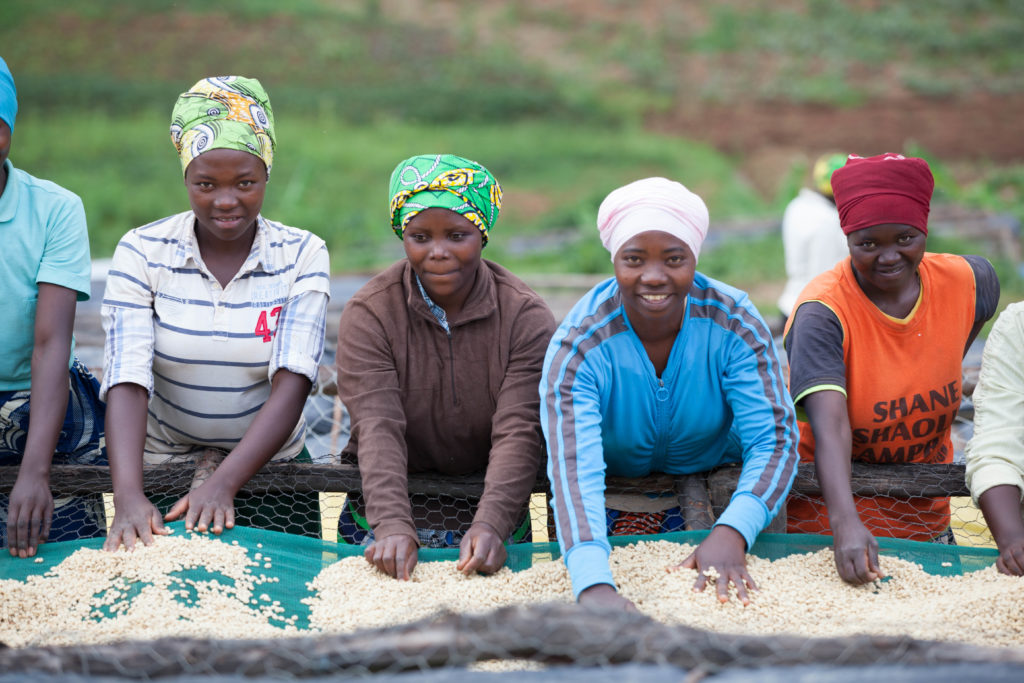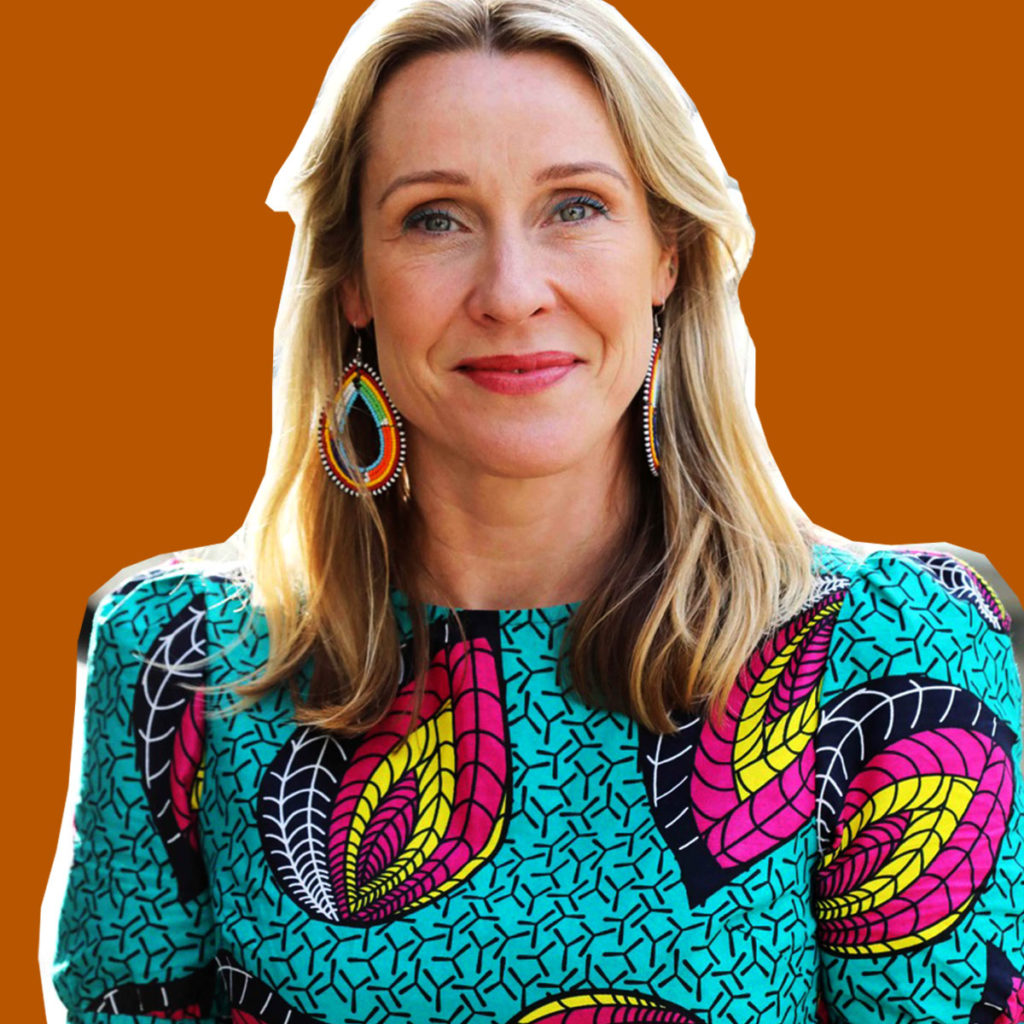
Enough Lopsided Supply Chains
German roaster Tchibo bought a container of specialty grade green coffee at multiple times its commodity price in 2020. It seemed almost crazy given that most coffee is sold at $1 to $2 a pound. Plus there was no guarantee that customers would lap it up. But that’s exactly what they did, suggesting that the coffee market is reaching new heights of sophistication. Once up on their website, the coveted beans sold out in less than 20 minutes.
This is good news for coffee farmers, and part of a web of solutions that could help the coffee industry create more balanced supply chains, says Konrad Brits, the coffee trader who helped Tchibo get their hands on those premium beans.
Despite coffee shops closing around the world during the pandemic, coffee sales as a whole have remained steady and have actually grown in some markets. In the US, one out of four households were stockpiling coffee from local roasters and grocery stores last year to ensure they had a steady supply of caffeine. And coffee consumption in 2021 is actually expected to exceed that of 2019 and 2020, according to the International Coffee Organization.
But for an industry that’s laden with jargon around sustainability, direct trade, and ethical supply chains, how much of this is actually making it back to the farmer, and do they have the finances they need to improve their crop, get access to affordable credit, or have any bargaining power for what is one of the world’s most popular beverages?

Image courtesy Falcon Coffees.
To understand the numbers behind coffee, one must get a sense of the market. Coffee is a commodity, and has been struggling with a supply and demand challenge for several years. In recent years, the market has been flooded with coffee, thanks to the rise of large-scale coffee farming in countries such as Brazil. So, when prices hit about $1 per pound of coffee, a smallholder farmer asks, “Is it worth it?”
For farmers, particularly those in Africa who oversee just about a quarter of an acre, this is a commonplace question now. Will the next generation be a coffee farmer, if the product fetches such rock bottom prices?
Brits, a South African by birth, has spent much of his life on the continent, working alongside these smallholder coffee farmers. “They literally could tell you how many coffee trees they have. These are very small operations, and [are] often cash-strapped.”
He now runs the UK-based Falcon Coffees (part of Westrock of Coffee Company), an import/export company that links up roasters with beans from Africa and South America. He’s seen the industry mature from the drip Mr. Coffee days in the US and tin can ground coffee to now the espresso-based drinks that take up real estate on Instagram grids. But as coffee has become more coveted, the coffee farmer hasn’t necessarily benefited, he says.
“These are individuals farming a cash crop in a capital poor environment without working capital or debt capital. The wealthy trade houses in the western hemisphere have leveraged their balance sheets to provide the capital to source that commodity,” he says. “Whereas, the only collateral they, the farmer, have is the coffee. Thus the capital structure of coffee supply chains sees multinational companies taking ownership of the commodity as soon as possible in the supply chain.”
That coffee is precious though. What sells to third wave roasters and top buyers is taste. So if farmers invest in the flavor profile of their coffee, they’re likely to get a reward, right? Not always, Brits says. “Farmers have relinquished their crop at an earlier and earlier stage. They sell the fruit of their tree or before they have even harvested it even in certain cases.”
As farmers, they’re also at the bottom of the supply chain. The value is added in all the layers that come after. Brazil, a more sophisticated and industrialized coffee-growing origin has farmers owning the whole process from tree to export. They also produce about 40% of the world’s supply of coffee. In contrast, 12.5 million coffee farmers produce 70% of the world’s coffee in 50 of the world’s poorest countries, usually on small plots of land.
Terms such as “direct trade,” Brits says, are not telling the full truth to the consumer. Yes, in certain cases, a farmer might get a premium from a buyer. “But that’s rarely the entire production of the season. The rest may get sold at a commodity price.”
That’s why he’s spent the last twenty years trying to build a different kind of trade model in the volatile world of coffee. In 2008, he raised $5 million to start Falcon, just before the economic crash. Less than ideal timing, he admits. “Shortly thereafter working capital dried up and banks were toppling like dominos.”
But he persevered, and now supplies coffee to brands such as Allegro, Stumptown, Intelligentsia — the creme de la creme of US and UK coffee roasters. His motives are not merely scale and profit, though both are crucial for the success of any business, he acknowledges, but greater transparency and collaboration in coffee.
“The coffee supply chain is long, not just in distance, but also because of complexity and risk. Buy low and sell high. Everyone is trying to maximize profit to offset the losses that the risks may lead to. This buy low/sell high culture can feel predatory at times, with farmers suffering the consequences.”

Image courtesy Falcon Coffees.
After all, most coffee is sourced from a belt of countries along the equator that operate under weak or chaotic governance with little assurance of what the future holds. This makes financiers and large corporations nervous, and less likely to invest.
To drive dollars to the communities that grow coffee, Brits has partnered with impact investors and nonprofits to get better financing for farmers, co-operatives, and mills that process the coffee beans. On occasion, when no one else would take on the risk to back these players, Brits said he stepped up to the plate. “These are families who don’t have collateral to offer in exchange for credit. So who is going to give them money to invest in their business?”
In 2015, they partnered with the Eastern Congo Initiative to build wet mills in the Kivu region of the Congo, partially funded by the Howard G. Buffet Foundation. The result? “In year one, we tripled the household income of 5,500 families in an area that’s one of the toughest places I’ve ever worked.” Falcon’s sister company in Rwanda (Rwanda Trading Company) has been able to increase household incomes by over 60 percent in the coffee growing regions of the small landlocked country.
In 2009, they served as the guarantor for a $400,000 loan in Ethiopia, which would serve over 100,000 families in coffee. “They couldn’t get a loan. So the Ethiopian bank wanted us to stand as a guarantor for that four year period, in case any of them defaulted,” Brits explains.
“We got every single dollar back, except for a small amount from a community that was decimated by drought. That coffee is now being sold to third wave roasters. These farmers went on to win first place at Ethiopia’s Taste of Harvest competition the following year. This is not just an idea. It’s 12 years on and we still work successfully with these same forest coffee farmers.”
In each of these scenarios, Falcon Coffee has backed farming communities and avoided losses. Those that traditional financing communities have classified as “risky” or not lend worthy, Brits has proven otherwise. Thus, as he likes to say, “capital is coward. It does not flow towards risky environments.”
But Falcon does. And it’s proving that being a trader, or a middleman, isn’t always a bad thing. Instead of being another layer of fat in global trade that’s taking money away from farming communities, they can bring money to those families, and help correct a lopsided supply chain.




